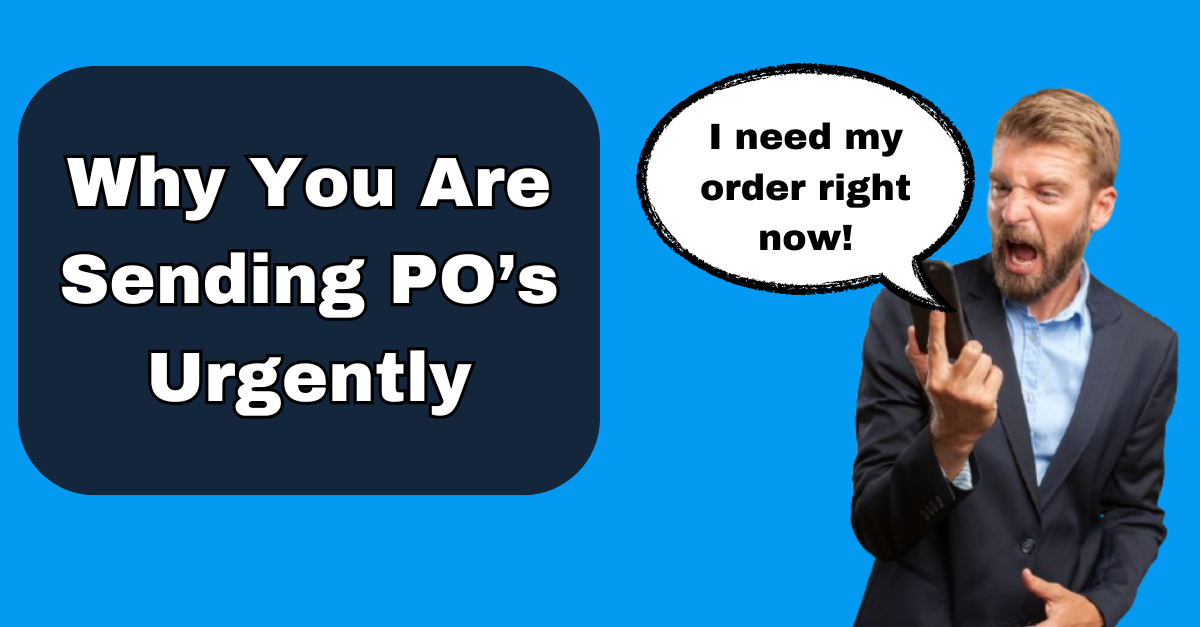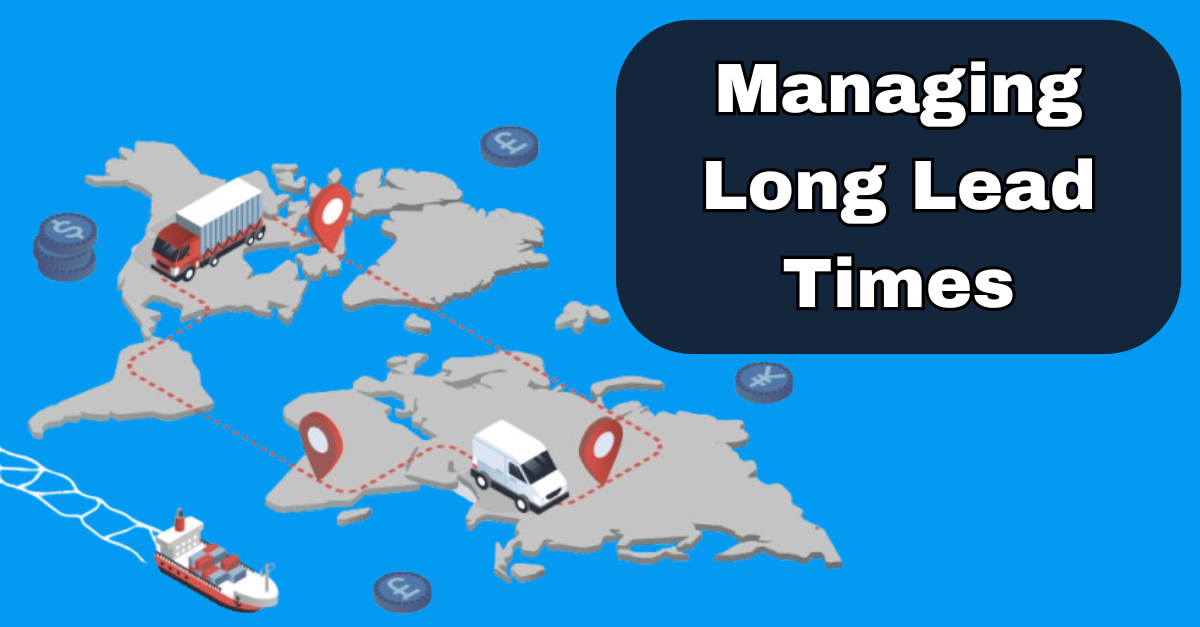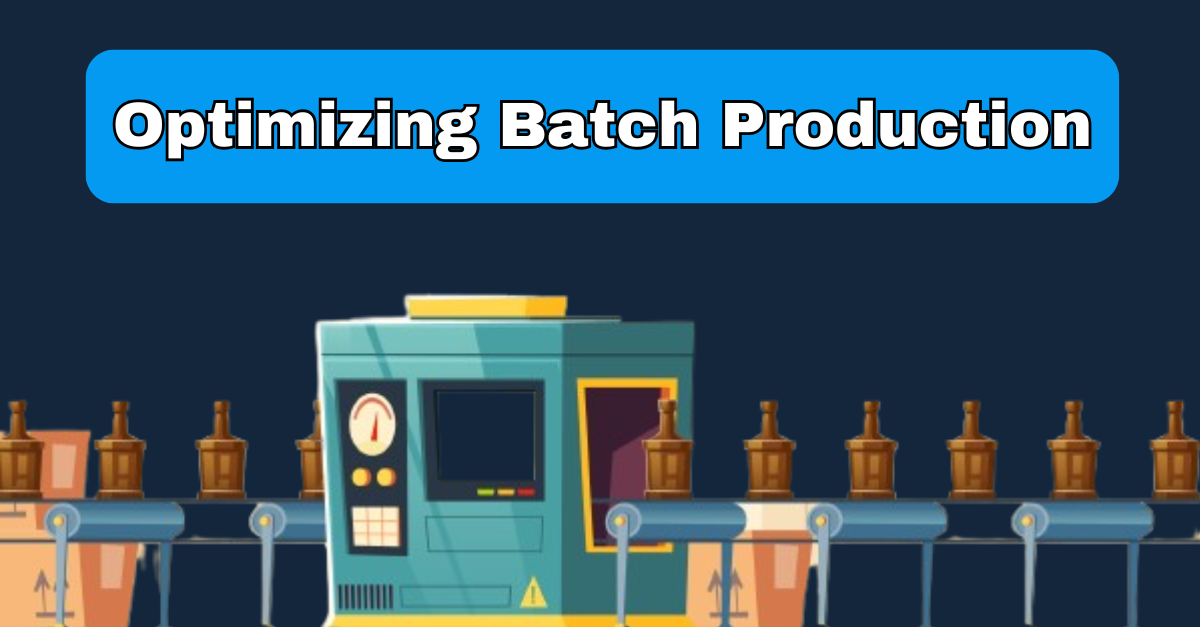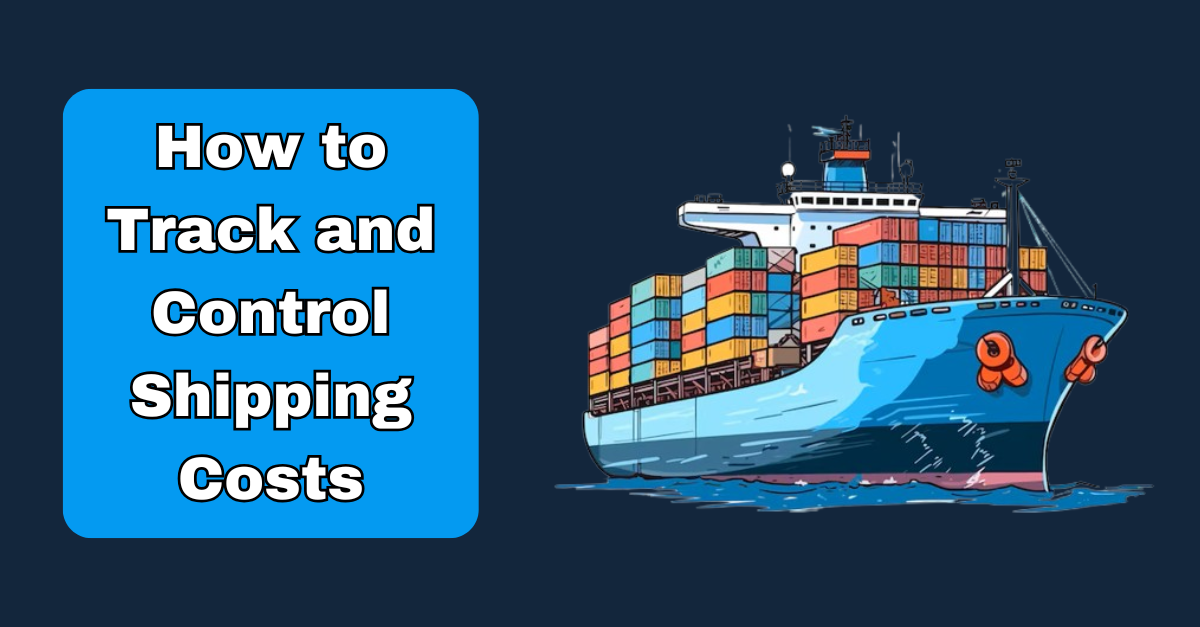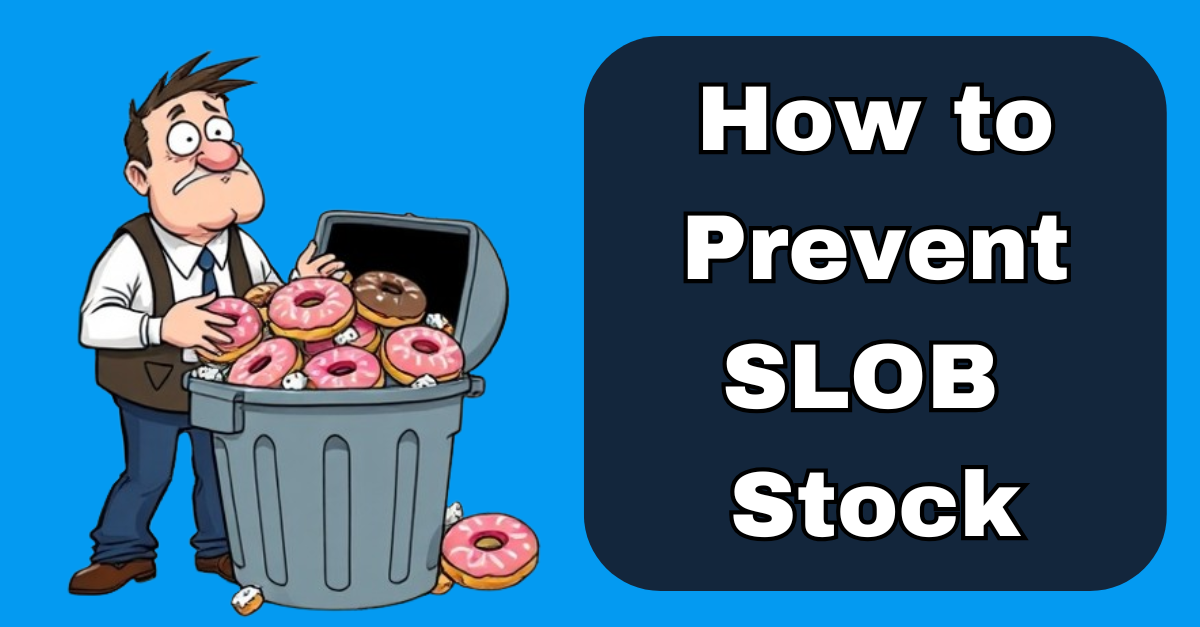Managing shipments can be tricky.
Especially when you consider the number of stakeholders involved.
Whether it's you, the buyer, the supplier, your freight forwarder, the requester of goods (colleague), your boss, 3PL, contract manufacturer, or the sales department.
The list goes on and can vary on business type.
Different stakeholders in your shipments require different information at different times.
Sending one bulk email doesn't cut it.
For instance, the requester (colleague) wants nothing to do with the bill of lading; only you as the buyer and the freight forwarder are interested in this information.
All the requester cares about is whether the shipment will arrive on time.
Because of the number of stakeholders involved, you have multiple communication channels on the go.
This problem can't simply be solved by instructing stakeholders to log in and access the company's internal ERP system.
Most ERP systems lack an accurate ETA field, usually because they can't integrate with external providers that distribute this data.
Also keeping in mind that external stakeholders, like 3PLs, contract manufacturers, and freight forwarders, generally don’t have access to your internal business systems.
And let’s not forget those difficult colleagues who request goods but don’t want to go anywhere near an ERP system because of their deep hatred and incompetence towards them.
Why shouldn't they just call you every day for an update?
That’s not annoying at all...
With multiple incoming shipments on the go keeping up to date with communication across various channels can become overwhelming.
This often leads to mistakes.
The trend with these problems is that in their simplest form they don’t seem to be an issue. But when you add the complexities of scale the lacklustre processes seem to spiral out of control.
If only there were a central platform that all stakeholders could access to collaborate with each other on a simple, intuitive user interface.

